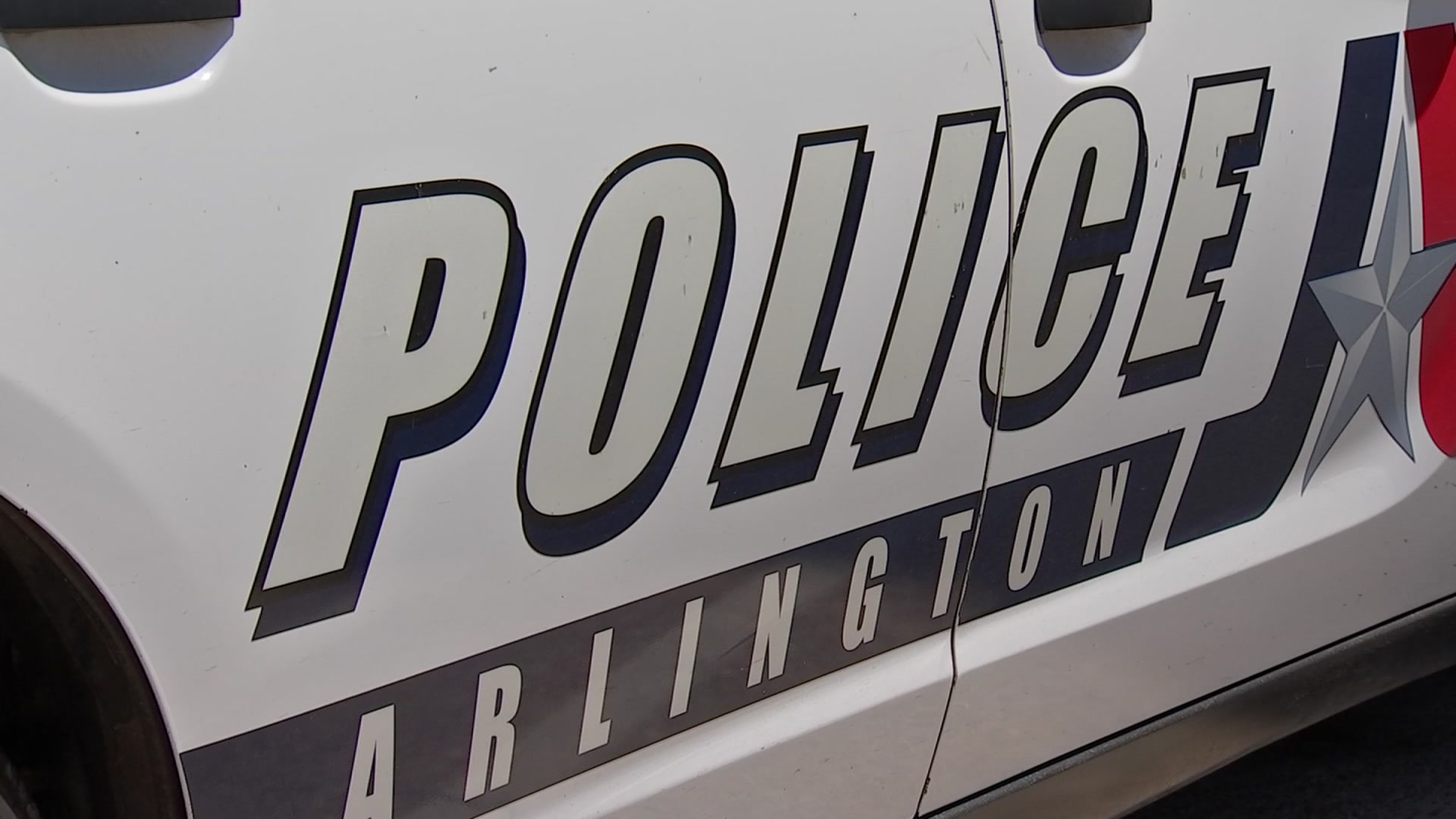A military plane has not crashed in the city of Fort Worth in decades, but that isn't stopping emergency officials from being ready for a crash.
On Wednesday morning, representatives of Fort Worth, Benbrook and the Naval Air Station Fort Worth Joint Reserve Base fire departments teamed up at Tarrant County College's fire-training center to practice.
The scenario involved a Marine KC-130 refueling tanker that lost all four engines upon takeoff and had to make an emergency belly landing on a golf course south of the NASJRB runway. The plane's crew escaped with just minor injuries and were able to inform first responders what was on board -- thousands of gallons of jet fuel.
Participants said the premise of the exercise wasn't too far-fetched.
"This particular scenario is fairly realistic," said Capt. Trip Littleton, of the Marine Aerial Refueling Transport Squadron, which took part in the exercise. "Having all four engines go out on you is something we do train for."
Fire crews from Fort Worth, Benbrook and the reserve base trained in how to communicate and coordinate with one another.
"In a multijurisdictional response like this, you could run into unexpected issues," said Keith Wells, Fort Worth's Office of Emergency Management senior officer. "We'd rather do that in an exercise than a real event."
Local
The latest news from around North Texas.
The three agencies work together on real events all the time not on anything like the magnitude of Wednesday's scenario, he said.
"It's rare to have a large event, so if you can simulate a large event, that helps us with the smaller events and, God forbid, a crash like this," Wells said.
The biggest part of the communication challenge is first establishing what is on board.
"Anytime a municipality is dealing with a military aircraft, they don't know what's on it," said Jerald Paul, NASJRB fire training chief. "Luckily, in this scenario, the aircrew was able to tell them what was on it."
The first firefighters on scene set up hoses, but didn't attack the fire because there were no other structures hypothetically threatened on the scenario's golf course. Crews instead allowed the reserve base's fire fighting apparatus and another vehicle from Meacham Airport arrive and handle the fire. In real life those vehicles would have been using firefighting foam, but only used water in the simulation.
The actions of calling in resources, relaying information and coordinating command were what the agencies involved wanted to improve upon.
"We ran into a couple minor issues here, but again that's part of the exercises," Wells said.
Future firefighters also picked up some lessons. A group from Tarrant County College stopped by to take in the exercise.
"It was a great moment for them to see something like this," said James Craft, assistant coordinator of fire training at TCC. "We just started a rookie class a few days ago."
The school was contacted several months back about hosting the drill at its campus and was excited to be able to give back to the community.
Overall, the officials running the drill said it was successful and that they'll apply what they learned to future operations, both real and simulated.



